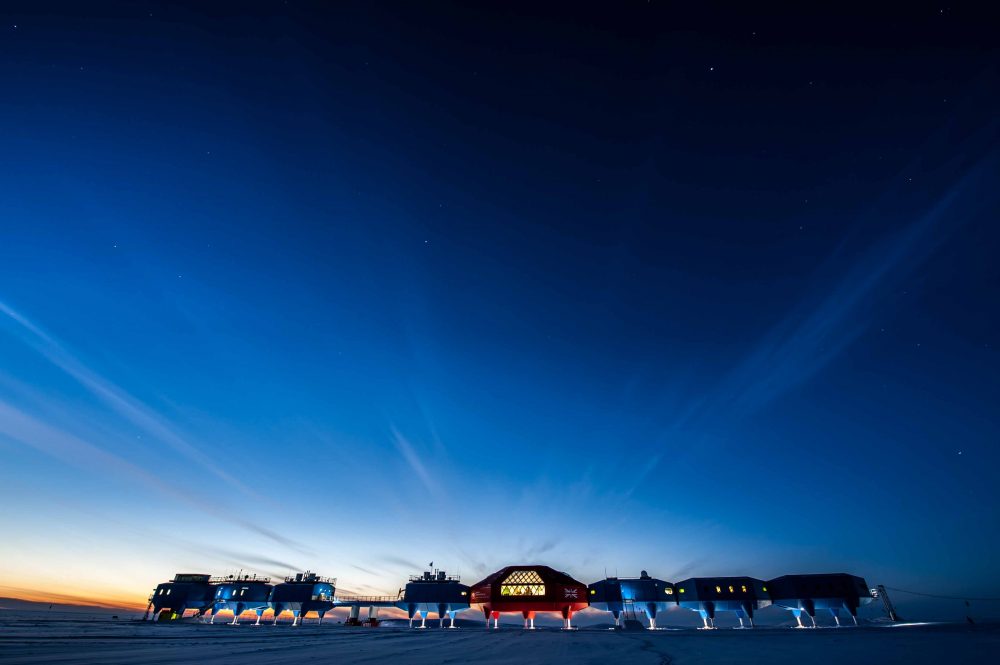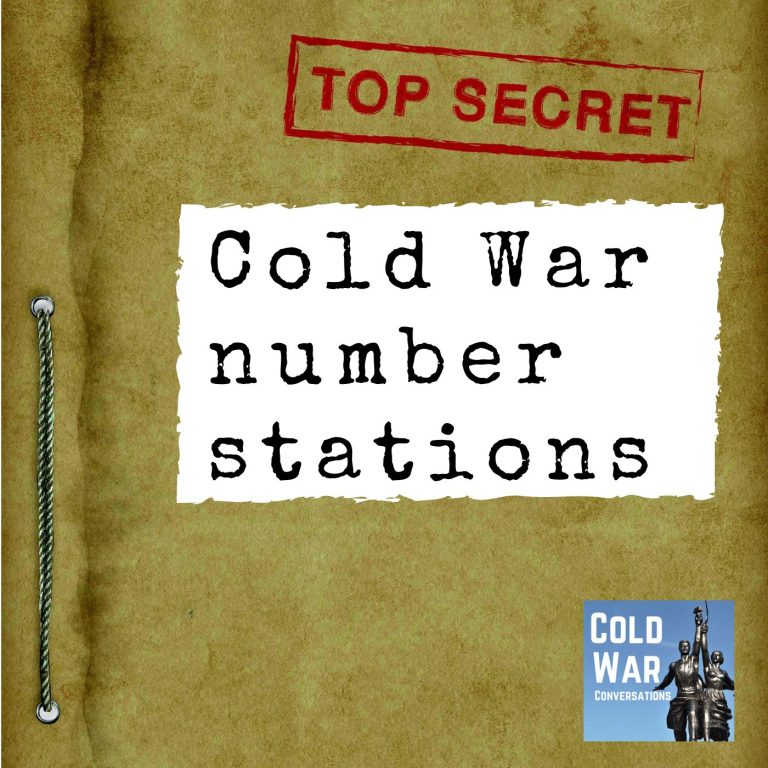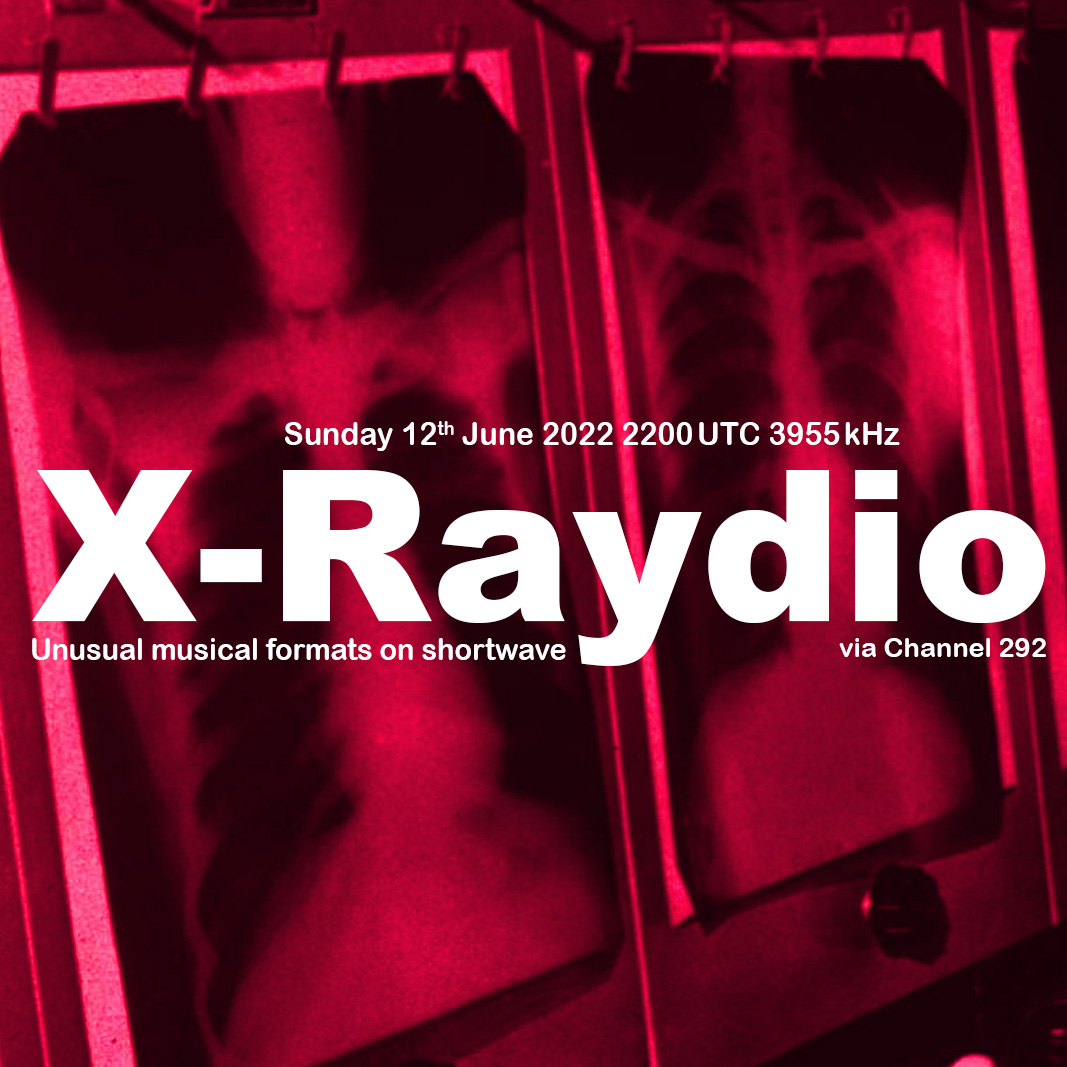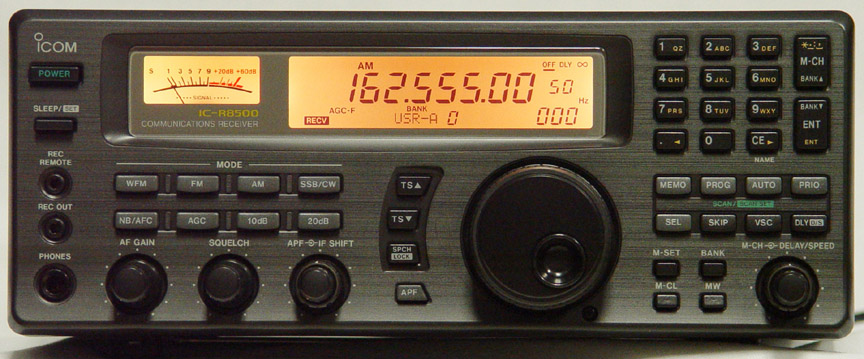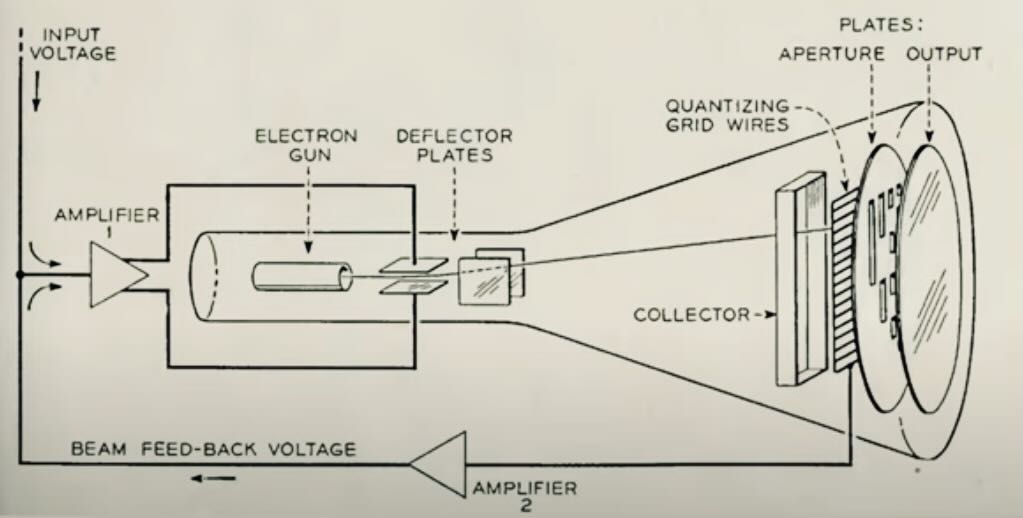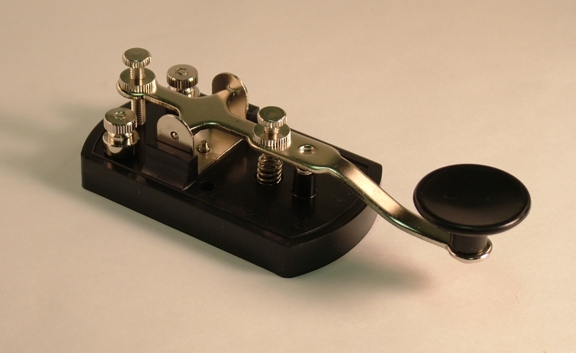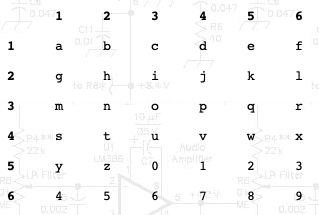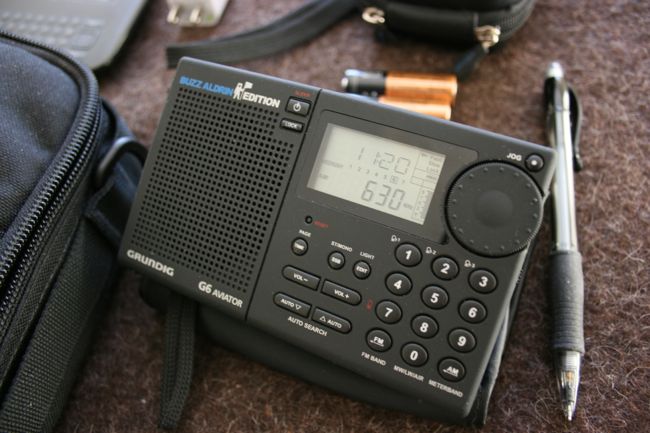
Radio Waves: Stories Making Waves in the World of Radio
Welcome to the SWLing Post’s Radio Waves, a collection of links to interesting stories making waves in the world of radio. Enjoy!
Earth’s interior is a far from quiet place. Deep below our surface activities, the planet rumbles with activity, from plate tectonics to convection currents that circulate through the hot magmatic fluids far underneath the crust.
Now scientists studying satellite data of Earth have identified something inside Earth we’ve never seen before: a new type of magnetic wave that sweeps around the surface of our planet’s core, every seven years.
This discovery could offer insight into how Earth’s magnetic field is generated, and provide clues of our planet’s thermal history and evolution – that is, the gradual cooling of the planetary interior.
“Geophysicists have long theorized over the existence of such waves, but they were thought to take place over much longer time scales than our research has shown,” says geophysicist Nicolas Gillet of the Université Grenoble Alpes in France.
“Measurements of the magnetic field from instruments based on the surface of Earth suggested that there was some kind of wave action, but we needed the global coverage offered by measurements from space to reveal what is actually going on.
“We combined satellite measurements from Swarm, and also from the earlier German Champ mission and Danish Ørsted mission, with a computer model of the geodynamo to explain what the ground-based data had thrown up – and this led to our discovery.”
Earth’s magnetic field is the subject of much fascination for scientists. Research to date suggests that the invisible structure forms a protective ‘bubble’ around our planet, keeping harmful radiation out and the atmosphere in, thus allowing life to thrive. [Continue reading…]
Michelle Rowland sworn in as new Communications Minister
Australia has a new minister leading regulation in the screen sector.
Michelle Rowland M.P. has been sworn in as the new Communications Minister under PM Anthoyn Albanese.
Replacing Paul Fletcher, she has previously been shadow communications minister in opposition.
“It is an honour to be sworn in as Minister for Communications and to serve the Australian people under an Albanese Labor Government,” she said.
“This portfolio has the potential to further enable an Australia where connectivity and content enriches our quality of life, informs us, drives productivity and empowers us to fulfil our potential. I am dedicated to ensuring Australians, in our cities and regions, are united and connected. Now, let’s get to work” [Continue reading…]
Boats have not needed the broadcast for decades but radio bosses know nostalgia for it runs deep
Radio 4’s shipping forecast is a national institution, with millions of listeners reassured by the thought that, somewhere out at sea, British fishers are patiently waiting by their radios to find out whether there is a gale warning in Rockall or Cromarty.
Yet the announcement that Radio 4’s long wave signal will be shut down as part of the BBC’s latest cuts has left many wondering how the country’s fishing fleet will cope without access to the four-times-a-day updates.
The slightly less romantic reality, according to Mike Cohen of the National Federation of Fishermen’s Organisations, is that his members have not needed Radio 4 for decades. Modern fishers have far more accurate devices to warn them about the wind and rain: “Even the small 15-metre boats in Bridlington have satellite internet these days. I’ve had video calls from people in the middle of the sea.”
Yet that does not mean they are immune to the charms of Sailing By, the music that heralds the forecasts and was designed to help captains adjust their radios: “That theme tune is a link to other times, other people, other places. There’s as much a fondness among fishermen for that as there is for the rest of us.”
When the fishers’ trade body asked its members how they felt about the shipping forecast one said it “acted as a link across communities, a link across time”. Another added: “For us it is a bygone age but for many older folk it is a reassuring connection to the past.”
The BBC plans to end dedicated programming on its Radio 4 long wave frequency next year, which could mean the loss of two of the current four shipping broadcast updates. The early morning and late night forecasts will remain on FM, DAB and online broadcasts. But the loss of the long wave signal – accessible far from the British mainland – confirms they will essentially be nostalgia pieces, more about waking the nation up or lulling listeners to sleep. [Continue reading…]
Two Britons were quizzed on allegations of espionage by officers at Tirana International Airport in Albania after police discovered sophisticated Kenwood radios in their luggage
Two Britons have been arrested by Albanian spooks and accused of spying after border police found radio transmitters in their luggage.
The pair were quizzed on allegations of espionage by officers at Tirana International Airport after they discovered sophisticated Kenwood radios in their luggage.
They told the officials they were IT engineers who were carrying the amateur gear to indulge their hobby while on holiday in Albania.
One suspect was registered as using a “ham radio” in the Tirana region on online profiles, which also say he specialises in “electronic warfare”.
Albanian police confirmed that they have opened a probe over allegations of “spy activities” and “espionage”.
A source said: “It’s highly unusual to be carrying this sort of equipment and even more strange for someone to be stopped and accused of being a covert agent.”
The two Britons were held on May 30 and then allowed to return to the UK. However they remain under investigation, police say. The electronic kit by Kenwood – which makes a range of cutting edge communication devices – was sent to the Albanian Criminal Laboratory for further examination.
You can read the full Daily Mirror article at
https://www.mirror.co.uk/news/world-news/two-brits-arrested-albania-police-27191861
Do you enjoy the SWLing Post?
Please consider supporting us via Patreon or our Coffee Fund!
Your support makes articles like this one possible. Thank you!


